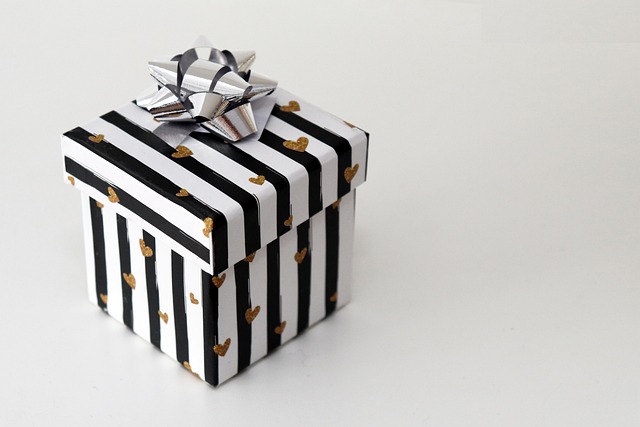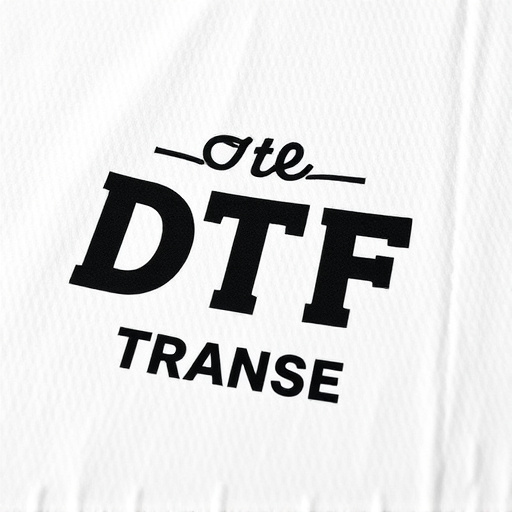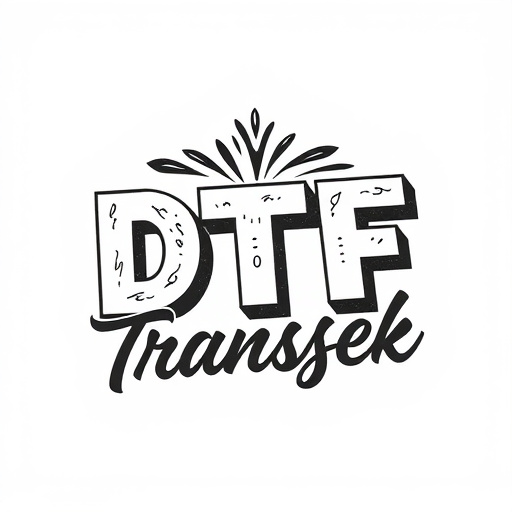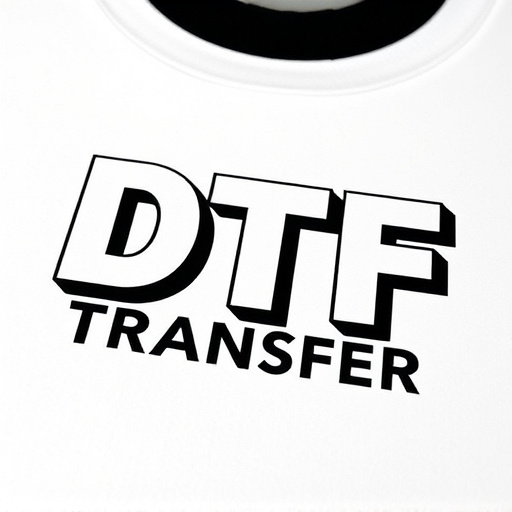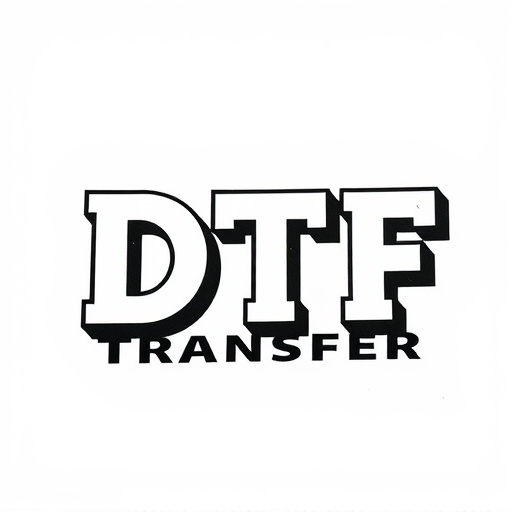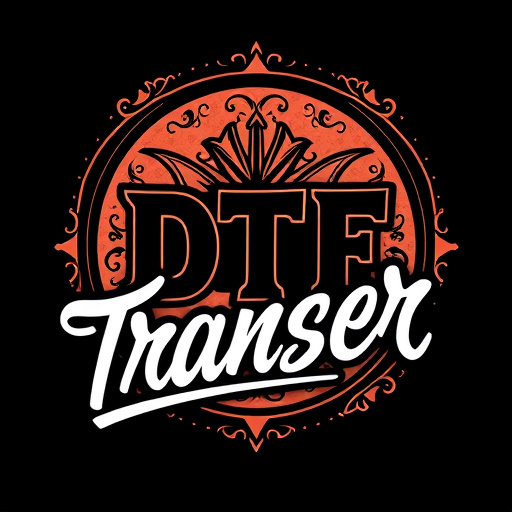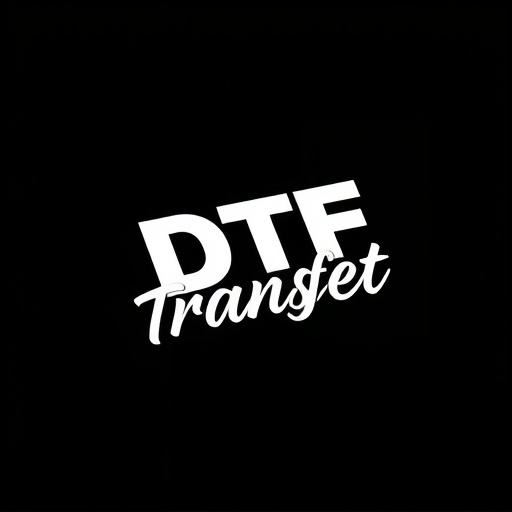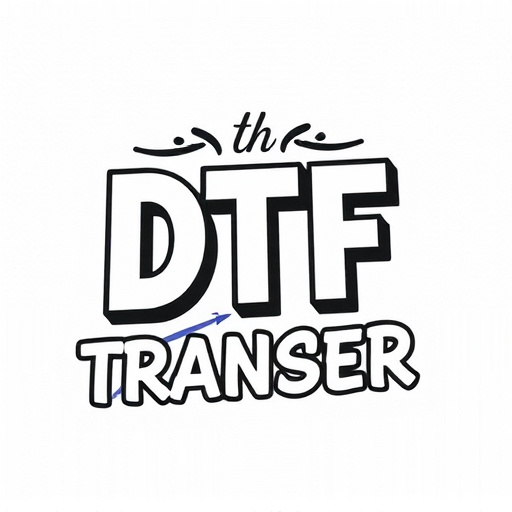Direct to Garment (DTF) transfer printing is a game-changer for small businesses and creators, offering a cost-effective, efficient way to produce high-quality, personalized prints on fabric. This technology allows for small batches, rapid turnaround times, and design flexibility, catering to diverse markets from fashion to home goods. DTF enables precise, vibrant prints with minimal waste, making it ideal for prototyping and trend testing. With stringent quality control, DTF maintains consistency even in lower production volumes. The future of DTF looks bright as it empowers smaller enterprises to access this innovative technology without large commitments, fostering a more flexible manufacturing landscape.
In today’s dynamic market, businesses are seeking flexible manufacturing solutions that cater to small-batch production without the constraints of minimum quantity requirements. Enter DTF (Direct to Film) transfer printing—a game-changer in customization and low-volume runs. This article delves into the world of DTF Transfer, exploring its advantages, applications across various industries, and how it ensures consistent quality while revolutionizing the way businesses approach small-batch options. Discover how DTF Printing empowers brands to meet unique demands promptly.
- Understanding DTF Transfer: A Quick Overview
- Advantages of Small-Batch Production with DTF
- How DTF Printing Meets Customization Needs
- Applications: Industries Benefiting from DTF Prints
- Ensuring Quality and Consistency in Low-Volume DTF Transfers
- The Future of DTF: Scaling Up without Bulk Orders
Understanding DTF Transfer: A Quick Overview
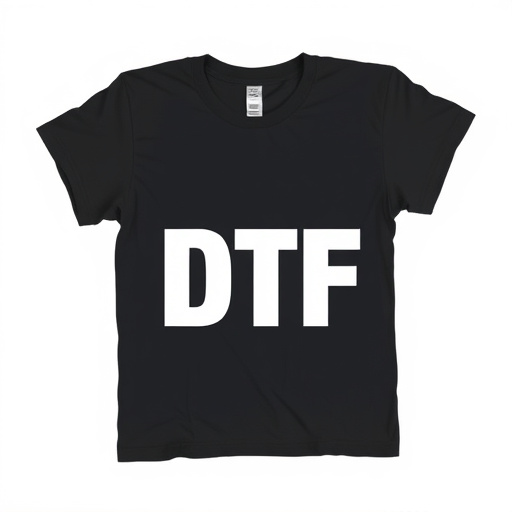
The Direct to Garment (DTF) Transfer method is a game-changer in the world of printing and customization. It offers small businesses and entrepreneurs an efficient way to create unique, personalized designs on various fabrics without committing to large production runs. DTF involves transferring ink directly onto a garment using heat and pressure, eliminating the need for costly set-up fees often associated with traditional screen printing. This process is particularly appealing for small-batch options as it allows for flexibility in design choices and rapid turnaround times.
With DTF Printing, you can produce high-quality, vibrant prints on t-shirts, hoodies, and other textiles, catering to a diverse range of customers. It’s an accessible technology that enables individuals and businesses to bring their creative visions to life, whether it’s for promotional merchandise, custom apparel, or unique fashion statements. By embracing DTF Transfer, small brands can now compete in the market with personalized, on-demand products, ensuring every print is a masterpiece.
Advantages of Small-Batch Production with DTF
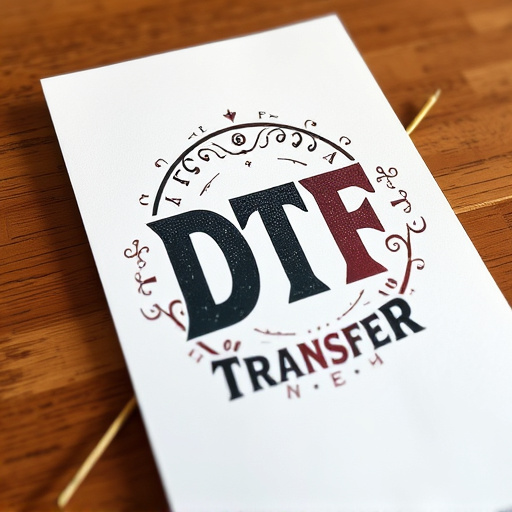
Small-batch production with Direct to Fabric (DTF) transfer offers numerous advantages over traditional printing methods, especially for businesses or designers looking to create unique, limited-edition pieces without the burden of large minimum order quantities. DTF Printing allows for precise, high-quality prints on a variety of fabrics and materials, ensuring each piece is a true reflection of the designer’s vision. This method also reduces waste, as only the necessary fabric is treated with the printing resin, minimizing environmental impact.
Moreover, DTF Transfer provides an incredibly versatile platform for creativity. Designers can easily experiment with different designs, color palettes, and fabric types, making it ideal for prototyping or creating small runs of diverse products like apparel, home goods, or accessories. The flexibility of DTF Printing means that every print is unique, allowing businesses to offer one-of-a-kind items that stand out in a crowded market, while also maintaining the efficiency and cost-effectiveness of small-batch production.
How DTF Printing Meets Customization Needs
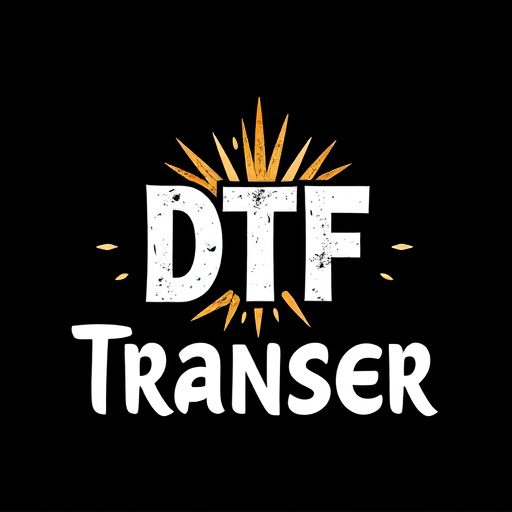
Direct-to-garment (DTF) printing has emerged as a game-changer in the world of custom apparel and small-batch production. Unlike traditional printing methods that require minimum order quantities, DTF allows for on-demand production, catering to the needs of businesses and individuals seeking unique, personalized designs without the burden of large orders. This innovative process involves transferring intricate prints directly onto garments using a specialized DTF transfer, ensuring top-quality results.
With DTF Printing, creators can effortlessly translate their artistic visions into tangible products. Whether it’s a designer experimenting with limited-edition pieces or an entrepreneur launching a small-scale merchandise line, DTF offers unparalleled customization. It enables the creation of custom prints, from subtle monograms to bold graphics, all while maintaining exceptional detail and vibrancy in each DTF print. This technology has democratized the process of bringing unique fashion statements and promotional items to life, making it accessible to a broader audience.
Applications: Industries Benefiting from DTF Prints
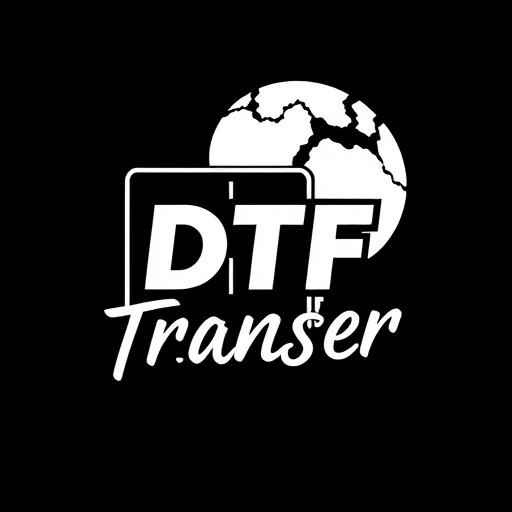
The versatility of DTF (Direct-to-Fabric) transfer printing opens up a world of opportunities across various industries. From fashion and apparel to home decor and even small-scale manufacturers, DTF prints offer a unique and efficient way to create custom designs on fabric without the need for large minimum order quantities. This is particularly advantageous for businesses that want to test market trends or cater to niche customer segments with limited production runs.
Industries such as fashion designers, local artisans, and small-batch producers can utilize DTF printing to produce one-of-a-kind garments, accessories, or home textiles. It enables them to swiftly bring their creative visions to life, offering customers exclusive, personalized products. Furthermore, the technology is not limited to textiles; it can also be applied to surfaces like ceramics and wood, expanding its reach into decorative and artisanal items.
Ensuring Quality and Consistency in Low-Volume DTF Transfers
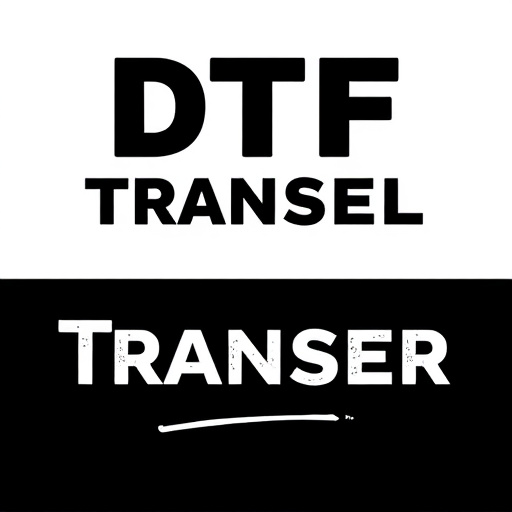
When producing small-batch DTF (Direct to Fabric) transfers, maintaining quality and consistency is paramount. While lower production volumes may seem like a simpler task, it introduces unique challenges related to ensuring each print meets exacting standards. Skilled technicians must carefully manage every step of the process, from file preparation to printing and heat application, to guarantee that each DTF print is flawless.
Consistency in DTF transfers requires meticulous attention to detail and adherence to strict protocols. This includes using high-quality materials, calibrating printing equipment precisely, and maintaining consistent temperatures during the transfer process. By implementing these measures, manufacturers can produce a uniform series of DTF prints, even at low volumes, ensuring satisfied customers who receive products that match the quality expectations set by larger-scale production runs.
The Future of DTF: Scaling Up without Bulk Orders
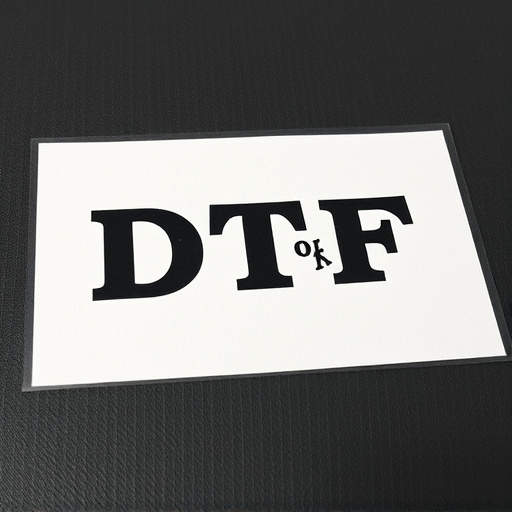
The future of Direct to Fabric (DTF) printing looks promising as businesses embrace a more flexible approach to production. Traditional models often require large minimum order quantities, but small-batch DTF options are now disrupting this landscape. This shift is empowering smaller enterprises and entrepreneurs who can now access DTF technology without the commitment to bulk orders.
By eliminating the need for substantial volume commitments, DTF transfer printing opens doors for diverse creative projects. It allows designers, artists, and custom manufacturers to produce limited-edition runs or even single items efficiently. This versatility is transforming the way DTF is perceived, moving away from its association with mass production towards a more agile and tailored manufacturing process. As a result, DTF prints can now be found adorning everything from clothing and accessories to home décor, all while maintaining high-quality standards.
